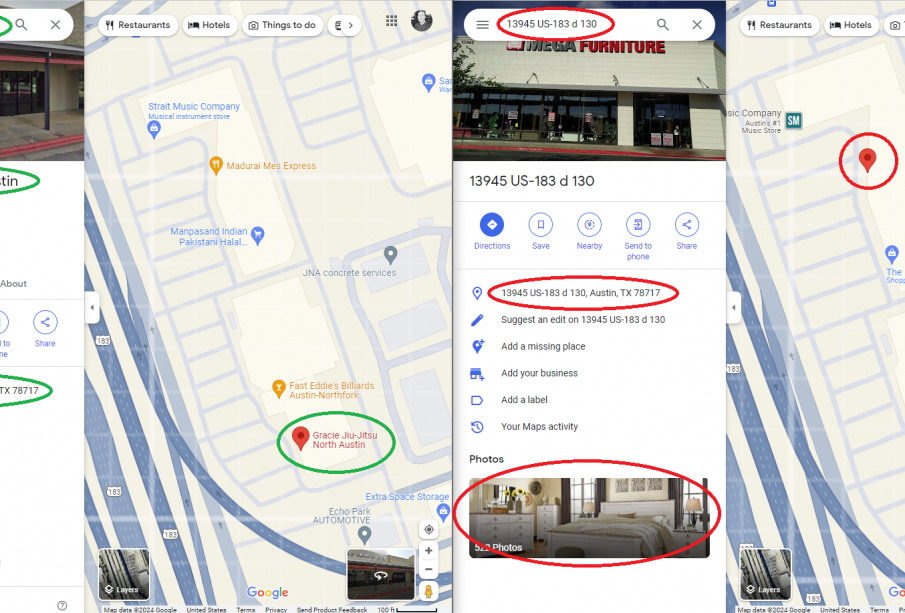The Impact and Advancements of Google Maps

Introduction
Google Maps has become an integral tool for millions of users worldwide, offering not just navigation but a comprehensive platform for exploring the world. Its relevance has surged, especially in an era where digital solutions are preferred for everyday tasks. With its reliance on accurate mapping and real-time data, Google Maps has made travel planning and local exploration seamless.
The Evolution of Google Maps
Since its launch in 2005, Google Maps has undergone significant transformations. The introduction of satellite imagery, street view, and real-time traffic data has enhanced user experience. In recent months, Google has added advanced features such as eco-friendly route options and offline map capabilities, making the tool more robust and user-centered. As of November 2023, Google Maps reports over 1 billion monthly active users, highlighting its dominance as the world’s leading navigation app.
Key Features and Functionalities
One of the most notable features of Google Maps is its ability to provide turn-by-turn navigation, which continues to evolve with AI-enhanced suggestions. The app now incorporates local business insights, helping users discover restaurants, shopping, and entertainment options near their location. Recently, Google Maps integrated community-driven reviews and photos, improving reliability based on real experiences.
Impact During COVID-19
The COVID-19 pandemic posed unique challenges and opportunities for Google Maps. The demand for information on public transportation, crowd levels, and busy times surged as people adapted to new health and safety protocols. Google Maps responded by updating its interface to include alerts about local COVID-19 restrictions and mask mandates, ensuring users have the necessary information to navigate safely.
Future Directions
Looking forward, Google Maps aims to incorporate even more innovative technology. Developments in augmented reality (AR) are on the horizon, promising to transform how users interact with their environment via their mobile devices. Additionally, sustainability remains a focus, with plans to enhance eco-routing features further, guiding users toward reducing their carbon footprint while traveling.
Conclusion
In conclusion, Google Maps continues to shape the way we navigate our world. Its continual advancements and adaptation to user needs highlight its role as more than just a map application; it is an essential lifestyle tool that enriches daily experiences. As technology progresses, Google Maps will undoubtedly forge ahead, bringing new features and functionalities that will enhance our traveling experiences for years to come.








